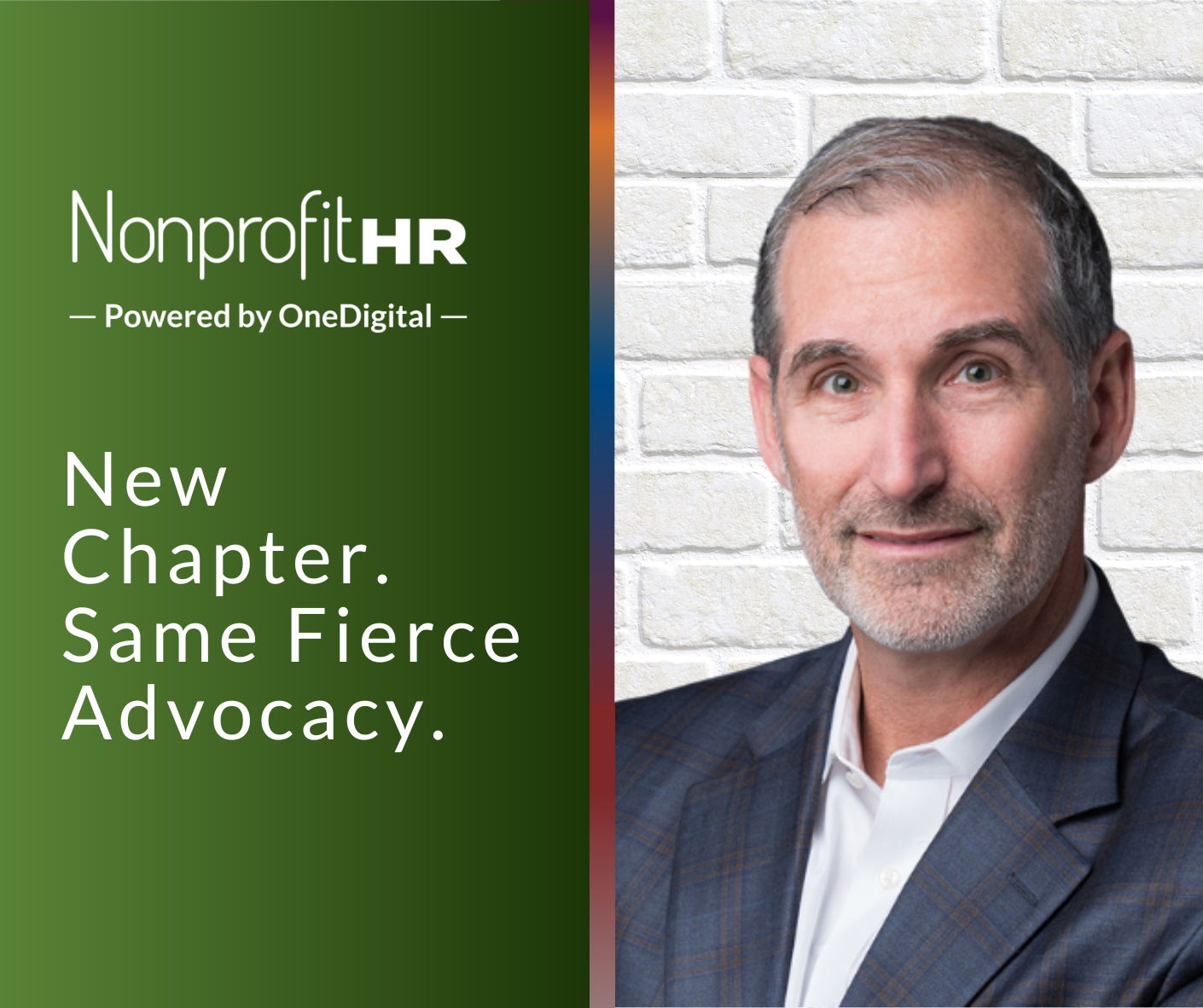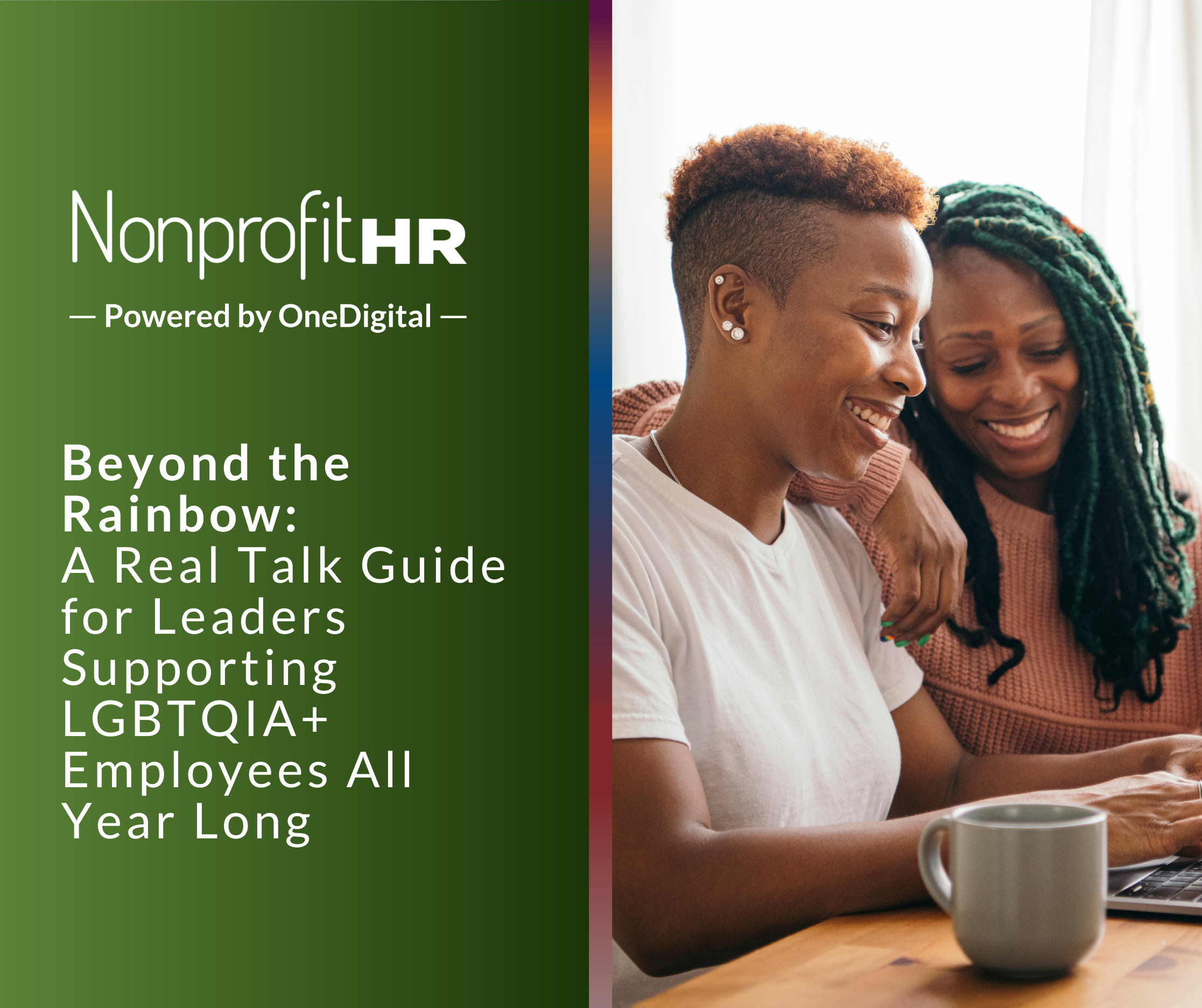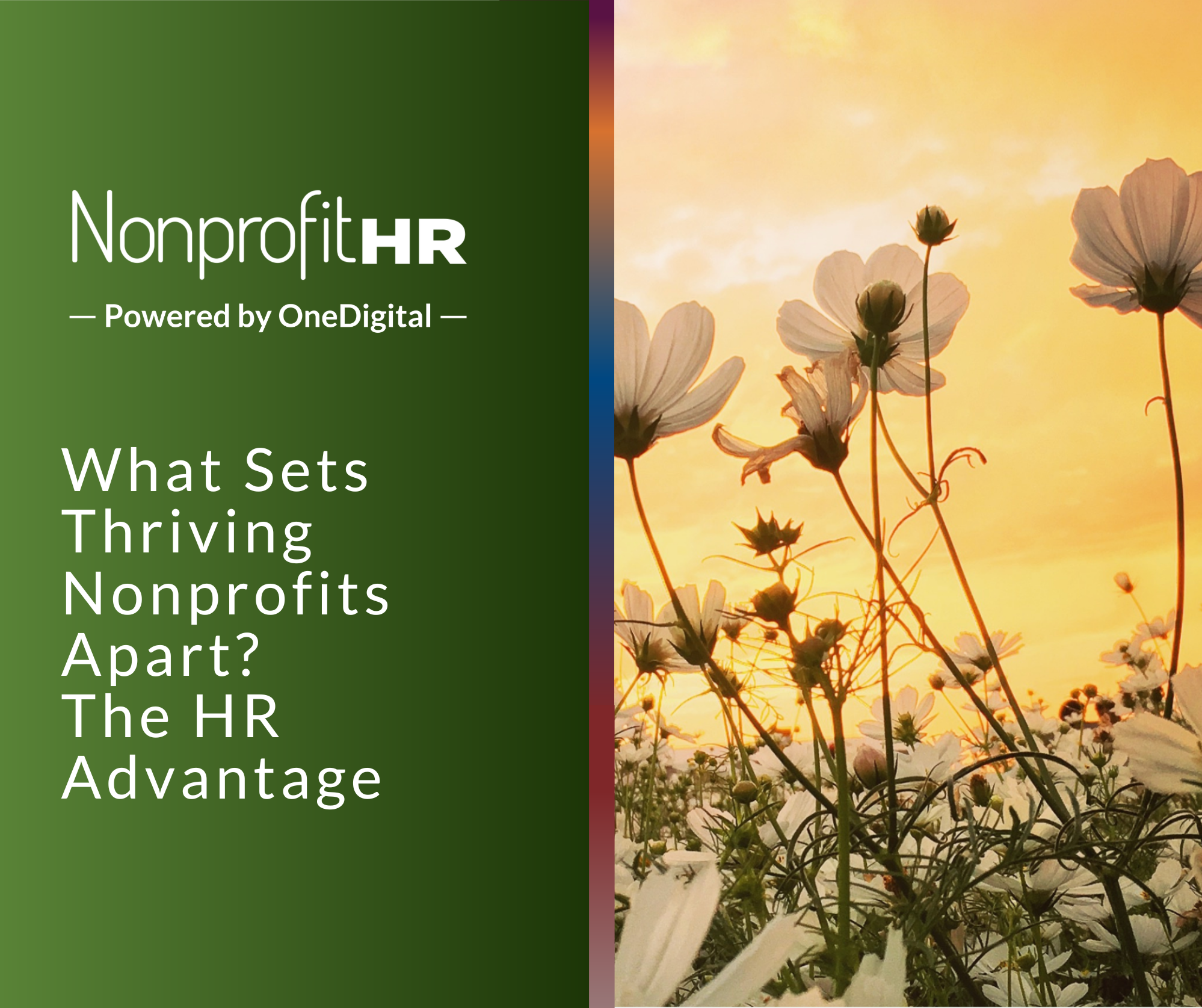WTOP: 5 ways nonprofits can…
By Leslie Beckbridge
Do you know how much your organization spends annually on turnover costs? Do you know how much of your annual turnover is caused by burnout and disengaged employees? My guess is that you don’t, or that you have a hunch but no actual data to back it up. What if I asked about how much your organization spends on fundraising/development annually and how much of your revenue comes from whatever grants/campaigns/events you use to support those efforts? I suspect that you know both of those answers and have the data to back them up. What’s my point? That if nonprofit organizations dedicated the same time, attention and resources to their people as they do to fund development, the sector as a whole would be more successful.
Have you ever heard that your people are your best investment? Your employees can be your strongest advocates or your biggest weakness, depending on what they think of the organization. Both happy and unhappy employees are likely to tell everyone they know just what they think of their work. Have you ever been asked about your work at a social event? Of course you have. And what do you say? “Oh, I’m a [blank] at [blank], an organization that does [blank] for [blank].” “Cool,” your acquaintance says, “do you like it?” And here is where you (or your employees) have the opportunity to either make a pitch that could get this person to donate to your organization or guarantee that they never ever will. Someone once told me at a party that they interned for an organization whose mission I wholeheartedly support. When I asked how they liked it, they told me that the leadership was a mess and there was so much political infighting that they were surprised anything ever got done. Guess how much money I have ever donated to that organization, despite the fact that I support their work.
So, let’s break down the impact of this one disgruntled intern. Let’s say that she went to 5 parties that year and she mentioned her unfortunate internship to 5 people at each party. We now have 25 people who won’t donate. For the sake of easy math, let’s imagine that each of those people donates $10 per year. So, that’s $250 lost annually. And let’s not forget that those people also have connections. When this particular organization comes up in conversation, I mention that I had a friend inside the organization who reported that it was a mess internally. So, say I mention that to another 5 people annually, as do the other 24 people she told originally. Now we’ve reached a total of 125 people who won’t donate. And if they each had $10 to give, that’s now $1,250 that the organization has lost annually. Now, that organization is a large national one, with a large budget for fundraising and impressive campaigns. That $1,250 is not likely to put them in trouble. But imagine that it was a local organization with a smaller budget and smaller reach. Those dollars would matter a lot more. And let’s remember that all of this started from of the bad experience of ONE intern. How many employees do you have? Grab a calculator and multiply that number by 1250. If your employees would vouch for your organization and say good things, that total is money in your pocket; those are your individual donors. If you think your employees would say less than positive things, that amount is money that you are losing annually. NOW do you want to know how many of your employees are burnt out and disengaged?
Your fundraising/development team is not your only opportunity to win (or lose) donations and sponsorships for the organization. Happy, engaged employees are your best brand ambassadors because they will tell anyone and everyone how great your mission is, how much they love their work, and how effective the team is. For 2014, we at Nonprofit HR want to recommend that you disrupt your organization by reframing how you think about your people.
Beyond the fundraising example that I set forth above, there are many good reasons to focus more energy and resources on your team than on externally-facing initiatives. For example, when your superstar mid-level employee leaves to take a position at another organization,[1] think about the institutional knowledge that they take with them. Think about the time that it will take to train someone else to reach that level, even if you promote from within. Now, ask yourself, would that superstar have left the organization if I had provided them with more opportunities for growth and/or development? What if you had made sure they were not getting burnt out because, as your superstar, they were lead on too many projects? How about if your benefits package and flexible work policies were so stellar that they wouldn’t leave for anyone short of Google?
“Great,” I hear you thinking, “More solutions I can’t afford to implement.” The truth is that this is a lie. You have the resources, you just need to re-allocate them from other areas. Re-prioritize. Think of your team as part of your development work and pull resources from that budget. Have fundraising events or programs that break even or cost more than they bring in? Cut them and put that money into an employee engagement budget for items such as professional development scholarships, a wellness program, or a small employee recognition award system. How much money and time are you spending chasing behind low-performing employees? Eliminate under-performers from your team and re-evaluate your hiring practices to ensure you won’t need to expend those resources anymore. Then, use that time and money to coach and reward your top-performers. If you WANT to focus on your employees, you can. It is our professional recommendation that you do before it’s too late.
Want other creative solutions for employee engagement and more? Contact us today.





























